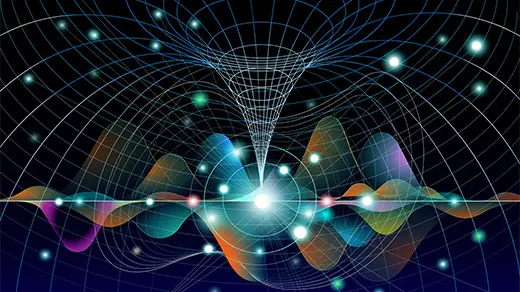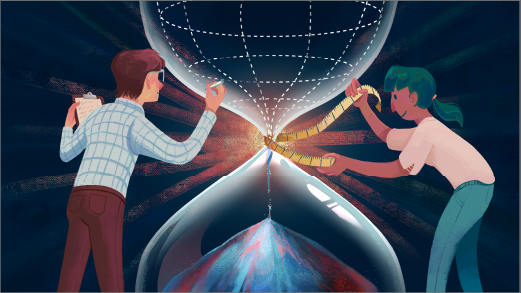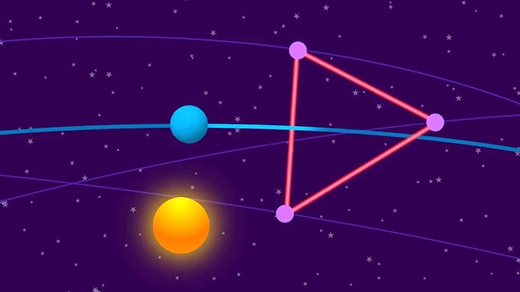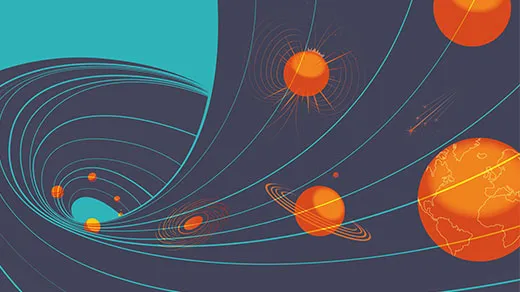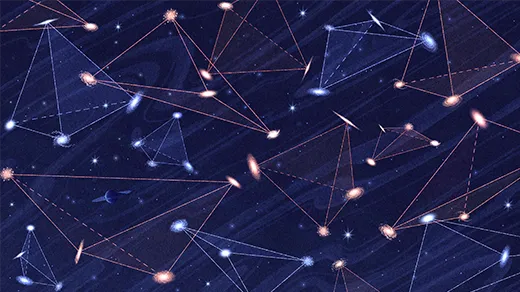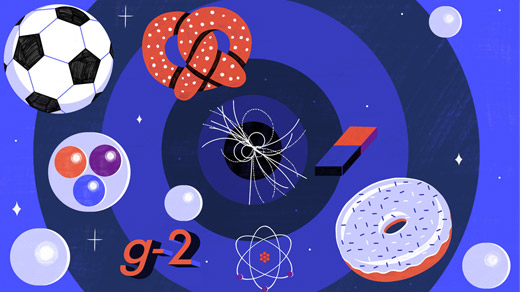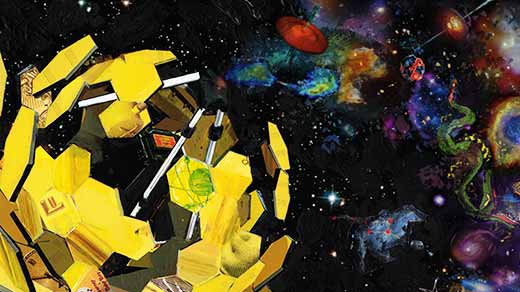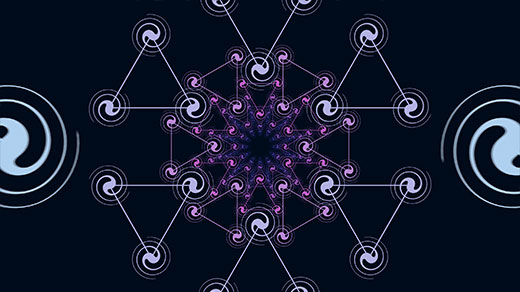What's up in
Big Bang
Latest Articles
Why Did The Universe Begin?
In this episode of The Joy of Why, Thomas Hertog discusses his collaboration with Stephen Hawking on a provocative theory arguing that the laws of physics evolved with the universe, and how this could have shaped a cosmos fit for life.
New Maps of the Bizarre, Chaotic Space-Time Inside Black Holes
Physicists hope that understanding the churning region near singularities might help them reconcile gravity and quantum mechanics.
Mathematicians Attempt to Glimpse Past the Big Bang
By studying the geometry of model space-times, researchers offer alternative views of the universe’s first moments.
Hopes of Big Bang Discoveries Ride on a Future Spacecraft
Physicists and cosmologists will have a new probe of primordial processes when Europe launches the Laser Interferometer Space Antenna (LISA) next decade.
How Will the Universe End?
Big Freeze, Big Rip, Big Crunch, Bounce or vacuum decay? Steven Strogatz speaks with theoretical cosmologist Katie Mack about the five ways that scientists think the universe could come to an end.
Asymmetry Detected in the Distribution of Galaxies
Two new studies suggest that certain tetrahedral arrangements of galaxies outnumber their mirror images, potentially reflecting details of the universe’s birth. But confirmation is needed.
What Is Quantum Field Theory and Why Is It Incomplete?
Quantum field theory may be the most successful scientific theory of all time, but there’s reason to think it’s missing something. Steven Strogatz speaks with theoretical physicist David Tong about this enigmatic theory.
The Webb Space Telescope Will Rewrite Cosmic History. If It Works.
The James Webb Space Telescope has the potential to rewrite the history of the cosmos and reshape humanity’s position within it. But first, a lot of things have to work just right.
Laws of Logic Lead to New Restrictions on the Big Bang
Physicists are translating commonsense principles into strict mathematical constraints on how our universe must have behaved at the beginning of time.
